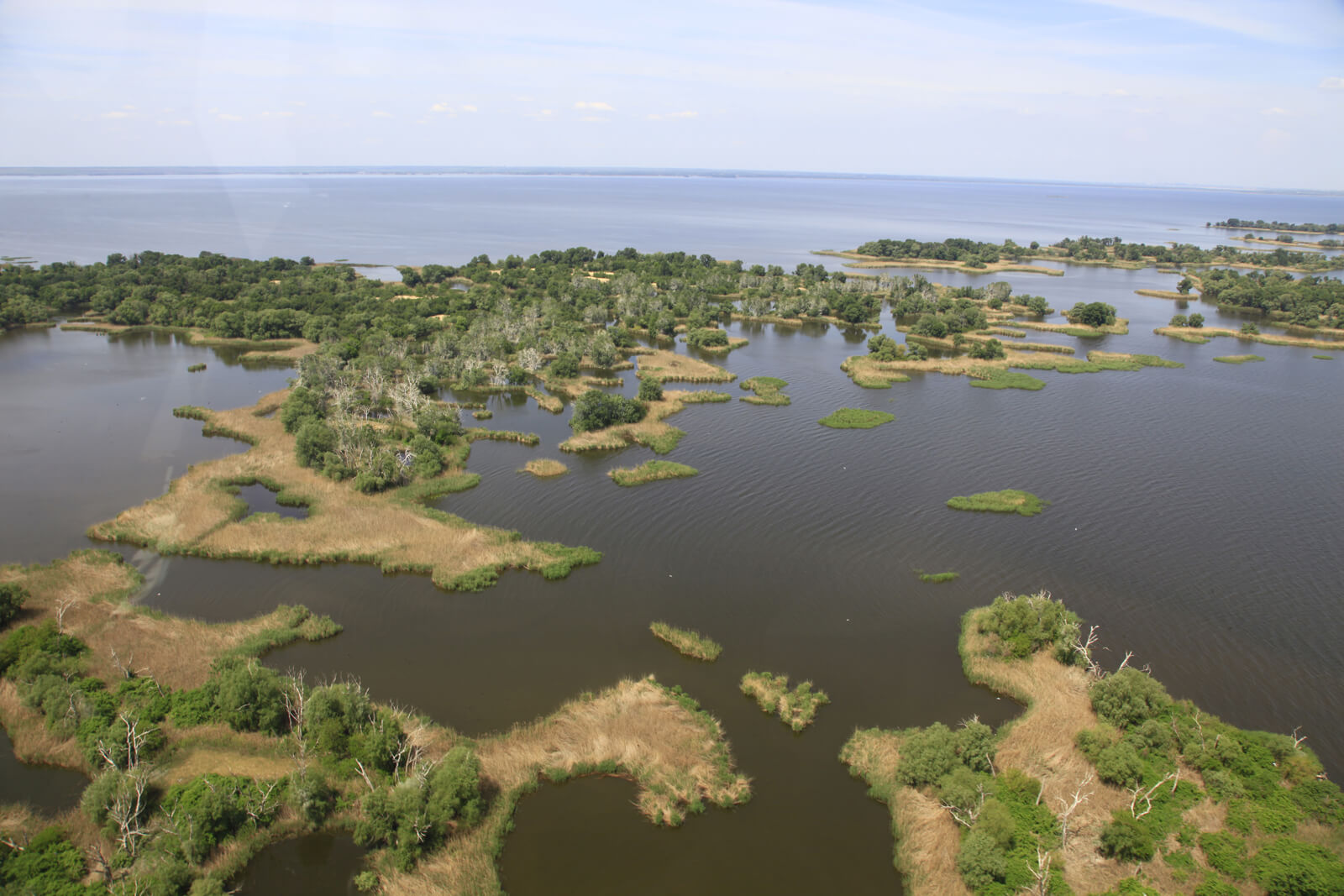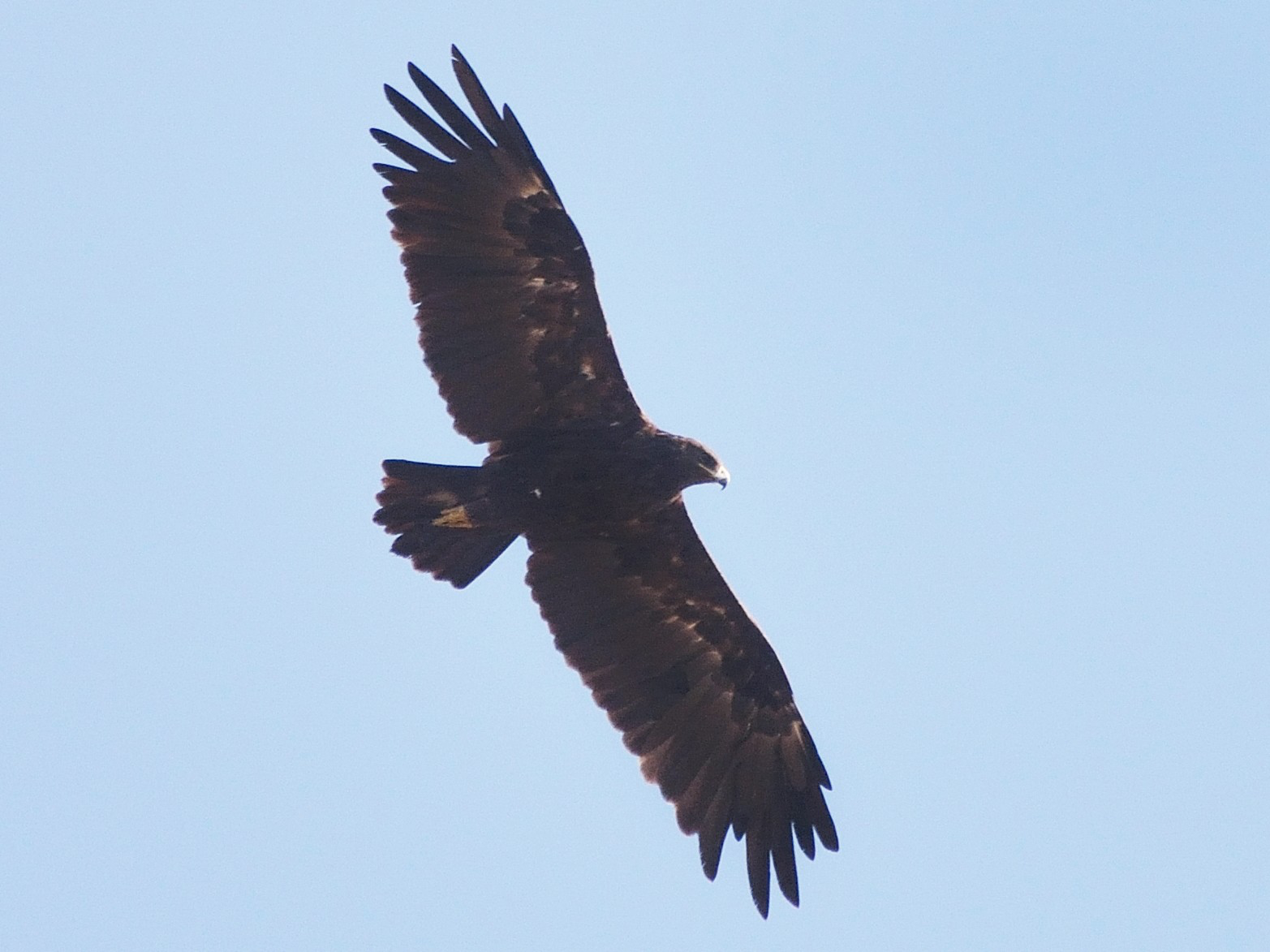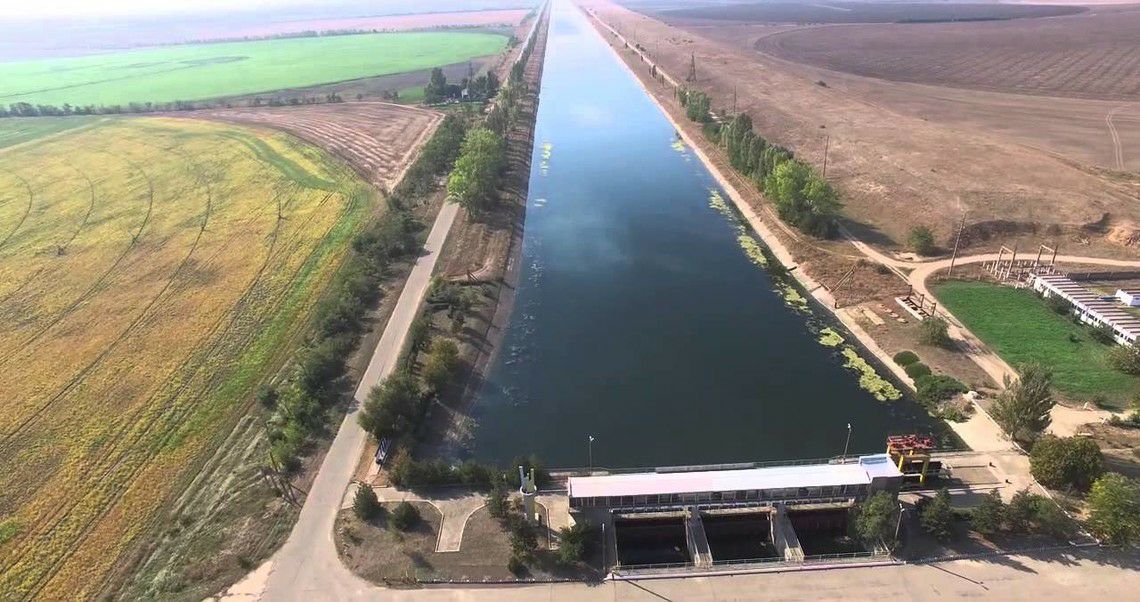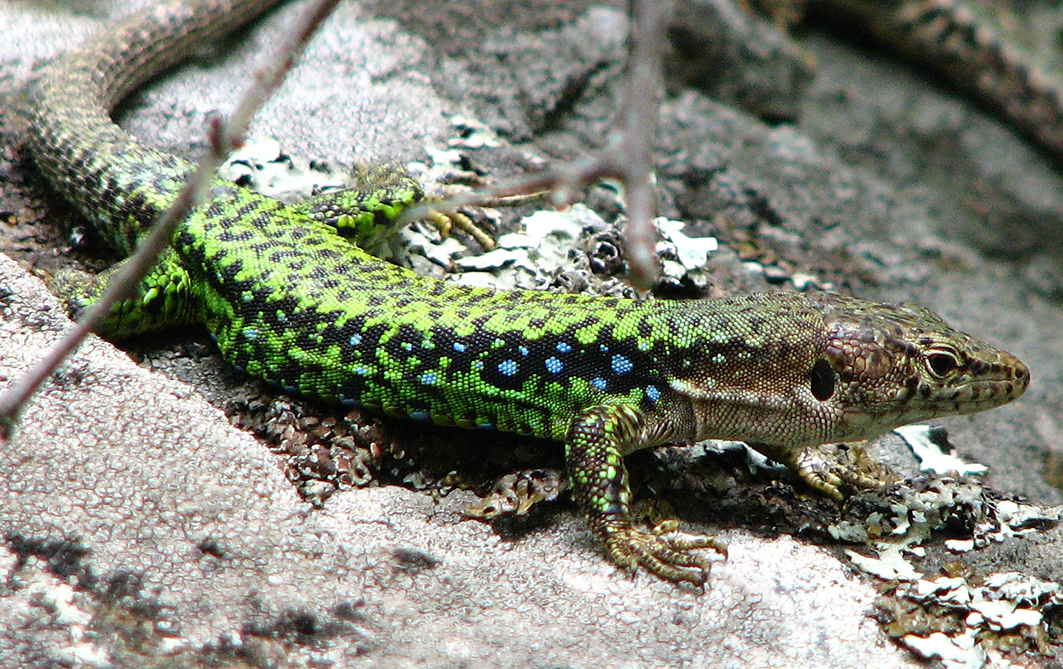Each month, the UWEC editorial team shares highlights of recent media coverage and analysis of the Ukraine war’s environmental consequences with our readers. As always, we welcome reader feedback, which you can leave by commenting on texts, writing to us (editor@uwecworkgroup.info), or contacting us via social networks.
CEOBS publishes preliminary environmental impact assessment of the first year of full-scale invasion
The research group Conflict and Environment Observatory (CEOBS) has joined forces with Zoi Environment Network to publish an overview of the environmental consequences of the Russian war in Ukraine, comparing the environmental situation in the country before and after the full-scale invasion. Prior to February 2022, the main environmental problems of Ukraine were typical for an industrial country: pollution and water shortages, household and industrial waste, air quality.
Ukraine has since 2014 proclaimed an intention to reorient itself toward European “green values”, including the transition to a green economy. In Ukraine, the presence of occupied territories, such as Crimea and parts of the Donetsk and Luhansk Oblasts, where it was impossible to conduct a full environmental analysis, further complicated matters for researchers.
The report presents war’s main environmental consequences, such as bombing of industrial and energy infrastructure, danger of radiation pollution, destruction in cities and rural areas (such as ruined infrastructure), elimination of waste building material resulting from munitions fire and combat action, etc., as well as the war’s impact on water infrastructure and coastal and marine environments. Published in the form of an infographic, the report also shows the impact of the war on renewable energy development, a topic that has received little media coverage in the context of the war’s environmental consequences. The report illustrates the decision-making system for environmental issues and shows the procedures followed by various institutions – from the Ministry of Environment and Natural Resources to local inspectorates. Strangely, however, the study did not take into consideration the role of NGOs – the foundation of Ukraine’s environmental movement – and their ownership of a significant number of projects aimed at environmental recovery.
The report makes recommendations for analyzing and addressing the environmental consequences of war that are of particular interest and which include both sector-specific and general proposals. The recommendations have various aims: increasing the level and quality of monitoring and analysis; developing special proposals and analyses; improving the quality of standards and risk evaluation; involving citizens in problem-solving; locating financing for projects; training for specialists; and ensuring standardization of the analysis of environmental consequences.
Access the report: “Environmental consequences of the war against Ukraine. Preliminary twelve-month assessment (February 2022 – February 2023). Summary and Recommendations.”
CEOBS and Zoi Environment Network frequently publish reports and recommendations for assessing the environmental consequences of the invasion of Ukraine. For instance, they are developing documents for the Environmental Compact for Ukraine, which we covered in our previous review.
In February the group published a supplement to the Compact, titled “Assessing Environmental Damage in Ukraine”. It notes the lack of data collected on the environmental consequences of Russia’s invasion and proposes to improve the methodology for collecting and analyzing data on environmental damage. The supplement recommends making improvements to the collection, storage, and analysis of field data using a comprehensive strategy for collecting and storing data that aligns with best global practices and meets Hague Register of Damage standards as well as by establishing a monitoring plan to be integrated into the strategic plan for Ukraine’s recovery.
Ecodiya announces volunteer project to collect data on environmental damage caused by the war
The Kyiv-based environmental organization has launched an interactive map project to collect data on crimes committed against nature after the beginning of the full-scale invasion.
Since August 2022, this data gathering has been carried out by volunteers who collect information in the following categories: impact on ecosystems, nuclear safety, energy safety, damage to industrial sites, pollution by livestock waste, and impacts on marine ecosystems.
Thirteen volunteers are currently working on the project. Their main approach involves finding open-source information, such as that available on Telegram channels and in mass media, and then verifying it. The data is entered into tables, where it is then used to fill out and update the map. In just 18 months of volunteer work, 1,549 crimes against the environment have been recorded.
The involvement of volunteers and civilians for documenting crimes against nature in the conditions of the full-scale war is important work and helps to collect and process large volumes of data. This data will not only support the calculation of reparations and compensation for the damage inflicted, but will also aid in formulating a plan for the country’s recovery. Volunteers can also be of assistance in monitoring biodiversity in areas damaged during combat action, as well as tracking the spread of invasive species and identifying which native species are the most affected as a result. The iNaturalist platform can assist in this process.
A new platform for collecting data on the consequences of the war
Svidok (Witness) is a resource for gathering information about crimes and the consequences of the war; it allows citizens to submit details of the deaths of civilians and soldiers. The Ministry of Environmental Protection and Natural Resources of Ukraine reports in its periodic digest that the resource also collects information about environmental damage sustained during the war.
The aim of collecting information on crimes against nature is to bring the aggressor country to justice for ecocide. Citizen testimony can later be used in international courts, creating a needed eyewitness database.
Information about the pollution of water and air resources, mined areas, destruction of biodiversity, killing of animals, and other significant consequences for the environment is also collected in this project.
The initiative is supported by the AI for Good Charity Foundation and Sunflower Collective.
Impact of war and sanctions on Russia’s forests
The independent Russian environmental media outlet Smola has prepared a text on how the rift with the West has affected the Russian (and Belarusian) timber industry.
In July 2022 Russian and Belarusian logging sectors came under sanctions, which meant a ban on the export of timber to the European Union. Before the full-scale war, exports to the EU made up 14% of Russian timber sales. The main international certification systems for sustainable forest management, such as FSC and PEFC, also exited Russia and Belarus.
Blocked access to eco-sensitive Western markets and the departure of certifying organizations has naturally had a negative effect on forest management rules. Although the majority of companies still try to follow sustainable principles, some companies have carried out defiant logging of valuable areas of forest. Yet, as the author of the article notes, reduced demand for timber had led to only insignificant reductions in logging. The timber industry is simply coasting and reacting very slowly to the changes.
International certifiers have been replaced by local equivalents, such as “Lesnoi Etalon” (“Forest Standard”), Ustoichivy Les (“Sustainable Forest”) and others. However, their influence is limited when compared to, for example, FSC. In addition, Russian companies are not showing any particular interest in purchasing certified wood. For instance, one of the main consumers of certified timber products in Russia was McDonalds, which used it in the manufacture of paper bags. The company that has replaced it, Vkusno – i Tochka, has little interest in certifications and is willing to work with any logging company.
To cover the losses sustained from reduced exports (Russia exported $3 billion worth of forest products to EU countries in 2021), Moscow has reoriented its market eastward. China is the main consumer of Russian pulp today. However, some companies, such as those producing wood pellets and paneling, were unable to adapt after losing access to Western markets. Nonetheless, the sector has adapted on the whole and today roughly 92% of Russian timber sold is on the Asian market.
In conclusion, the author of the article points out that the sanctions and departure of international certifying bodies stemming from Russia’s invasion of Ukraine have had no constructive impact on the forestry industry in Russia. There has been a slight decrease in logging volumes, but most timber harvesting now occurs without sustainable certification. In any case, Russian timber is still reaching European and U.S. markets via third countries such as Kyrgyzstan, Uzbekistan, and Vietnam, among others.
The former Kakhovka reservoir underwater once more
The territories of Velykyi Luh, uncovered after the destruction of the Kakhovka hydroelectric power station, are experiencing spring flooding for the first time in half a century. As Hrihory Kolomitsev, a junior researcher at the Schmalhausen Institute of Zoology (National Academy of Sciences of Ukraine) notes in a comment made to the texty.org.ua media resource, floods are a typical situation for areas in the lower reaches of the Dnipro (Dnieper) River. Today we are witnessing processes that are natural for unregulated parts of a river floodplain.
Despite the destructive and catastrophic consequences of the war, we are also becoming witnesses to nature’s capacity to restore its natural rhythms in places where the anthropogenic load is reduced or disappearing. The way nature has recovered so quickly in this region gives hope and belief that Ukraine too can recover so quickly after the war ends.
Main image: Velykyi Luh National Park. Source: wownature.in.ua Credit: Vikor Busel







